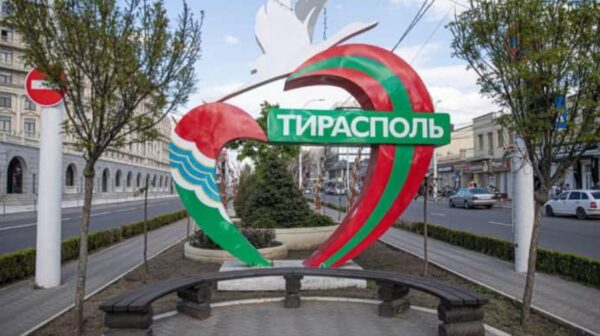
In a world where national borders define sovereignty, there exists a place that functions like a country in every sense—but officially, it doesn’t exist.
While it has its own government, currency, military, and border controls, it remains unrecognized by the international community, earning it the title of a “phantom state.”
The move was driven by fears that Moldova would reunite with Romania, a concern among the region’s predominantly Russian-speaking population.
Some call it a Soviet time capsule
It’s interesting to note that Moldova considers Transnistria part of its territory, but the region continues to operate autonomously, with its own flag, military, and governing institutions. Even their passports are not valid in most countries.
Life in Transnistria, a ‘country’ that is not really a country
Despite its political limbo, life in Transnistria carries on. The streets of Tiraspol are lined with old Soviet-era buildings, but there are also cafés, schools, and markets bustling with activity. The economy relies on Russian aid, local industries, and unregulated trade.
The easiest way to reach Transnistria is via Moldova, as there are no direct flights into the region. Most travelers arrive from Chișinău, Moldova’s capital, which is about 70 km from Tiraspol, the de facto capital of Transnistria.
By bus/marshrutka (minibus): Regular minibuses and buses travel from Chișinău’s central bus station to Tiraspol.
By train: There are limited train services, mainly connecting Chișinău and Odessa (Ukraine), with a stop in Tiraspol.
By taxi: Taxis are available but more expensive. Make sure to negotiate the fare beforehand.
